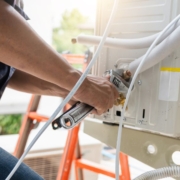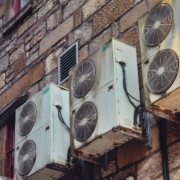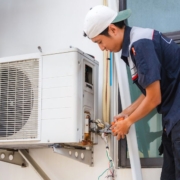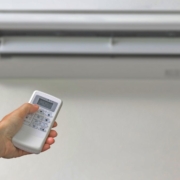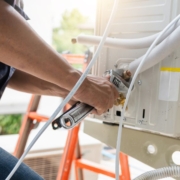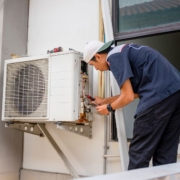Why Does My AC Keep Freezing
Air conditioners are designed to cool indoor spaces efficiently. However, one common problem homeowners face is a freezing AC unit. When the evaporator coil or refrigerant lines freeze, the system stops cooling effectively and can cause damage if left untreated. Understanding the reasons behind AC freezing helps in preventing and resolving the issue.
Causes of AC Freezing
One of the main causes of AC freezing is restricted airflow. The evaporator coil requires a steady flow of air to maintain the proper temperature. If air filters are clogged or vents are blocked, airflow is reduced, causing the coil to become too cold and eventually freeze. Regular cleaning and maintenance of air filters and vents are crucial to prevent this problem.
Low refrigerant levels can also lead to freezing. Refrigerant absorbs heat from the indoor air, and when levels drop, the pressure in the system decreases. This causes the temperature of the evaporator coil to drop below freezing, resulting in ice buildup. Leaks in the refrigerant lines or improper charging during installation are common reasons for low refrigerant levels.
Dirty evaporator coils are another factor. Dust and debris accumulation on the coils reduces heat exchange efficiency. As a result, the coil gets excessively cold, causing the moisture in the air to freeze. Cleaning the coils regularly can prevent ice formation and maintain optimal cooling performance.
Thermostat settings and operation can contribute to freezing as well. Setting the thermostat too low in extremely hot conditions forces the AC to run continuously, reducing airflow and refrigerant pressure. This prolonged operation can cause the coil to freeze. Ensuring the thermostat is set to a reasonable temperature, typically between 72°F and 78°F, can help avoid freezing.
External factors such as low ambient temperatures can also cause the AC to freeze. Most air conditioners are designed to operate in temperatures above 60°F. Operating the system in cooler conditions can cause the refrigerant to overcool the coils and freeze.
Effects of a Freezing AC
A freezing AC reduces its cooling efficiency. Ice on the evaporator coil prevents proper heat absorption, making the air conditioner struggle to reach the desired indoor temperature. Running a frozen AC for extended periods can damage components like the compressor, leading to costly repairs. Water from melting ice can also drip into unintended areas, causing potential water damage.
Preventing AC Freezing
Maintaining proper airflow is essential. Clean or replace air filters every 1 to 3 months depending on usage and ensure vents are unobstructed. Monitoring refrigerant levels regularly and addressing leaks promptly prevents pressure drops that cause freezing. Scheduling annual professional AC maintenance ensures evaporator coils are clean and the system operates efficiently. Using a programmable thermostat helps regulate temperature and prevents the unit from overworking. Avoid setting the AC below recommended temperatures during hot weather.
FAQ
Can a dirty air filter cause my AC to freeze?
Yes. Reduced airflow from a clogged filter can make the evaporator coil too cold, leading to ice formation.
How do I know if my AC is low on refrigerant?
Signs include decreased cooling, hissing sounds near the refrigerant lines, and ice buildup on the evaporator coil.
Is it safe to run a frozen AC?
No. Operating a frozen unit can damage the compressor and other components, leading to costly repairs.
Can the outdoor temperature affect AC freezing?
Yes. Running an AC when the outdoor temperature is below 60°F can cause the refrigerant to overcool the coils and freeze.
How often should I maintain my AC to prevent freezing?
Professional maintenance once a year and regular filter cleaning every 1 to 3 months are recommended.
Conclusion
AC freezing is typically caused by restricted airflow, low refrigerant levels, dirty evaporator coils, improper thermostat settings, or low outdoor temperatures. Ice formation on the evaporator coil reduces cooling efficiency and can damage the system if ignored. Maintaining clean air filters, ensuring proper refrigerant levels, keeping coils clean, and monitoring thermostat settings are essential for preventing freezing. Regular professional maintenance further protects the system and ensures optimal performance. Understanding these factors allows homeowners to identify issues early and maintain a reliable and efficient air conditioning system.

